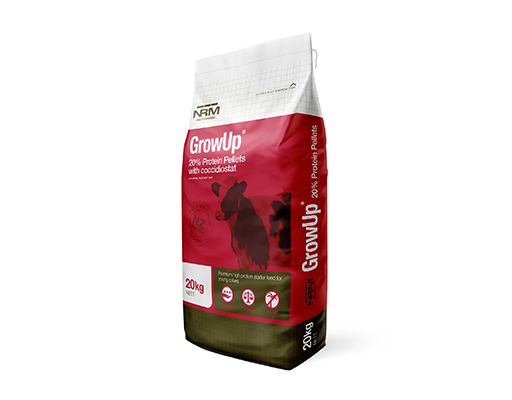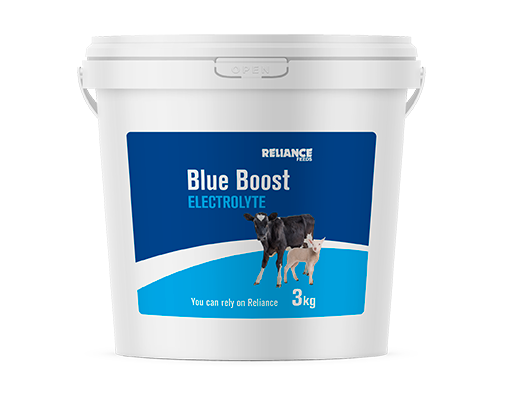Day 1 Colostrum Gives Calves the Start They Need
Words by Karen Fraser & Stacey Cosnett – The Calf Experts
One thing that can get overlooked as the pressures of the season ramp up is our Day 1 handling of newborn calves and colostrum management.
Our cows and calves face challenges as they tend to be calving outside in variable spring weather, with calves often born in wet, cold, muddy environments that compromise them from the get-go. This means we must be extra careful with how we treat Day 1 calves to ensure we set them up for success.
From 5 weeks pre-calving until the time of birth, cows produce antibodies called immunoglobulins (IgG). The first milking is considered Day 1 colostrum. It contains high levels of antibodies, energy, protein, hormones, vitamins and minerals.
Antibodies have the important job of transferring immunity to the newborn calf, which is born with virtually no natural immunity. The colostrum from the first milking after calving will have the highest antibody levels and is often referred to as ‘gold’ – this is the real good stuff we need to get into our calves on their first day of life.
The correct terminology for the 2nd to 8th milkings is ‘transition milk’. This has low levels of antibodies but not enough for calves on their first day of life. Transition milk can be used from Day 2 and continued for 4 days to help add some protection to the gut lining for the calves.
We bang on about the 5 Qs of colostrum management. It has been proven that if these are not done well, it can affect calf health and growth. For every hour after birth that colostrum feeding is delayed, antibody transfer decreases by about 5 percent. A calf that does not drink until 6 hours from birth has already lost the opportunity for 30 percent of the possible antibodies entering its bloodstream. The longer calves are without antibodies, the more opportunity there is for pathogens to invade the gut.






